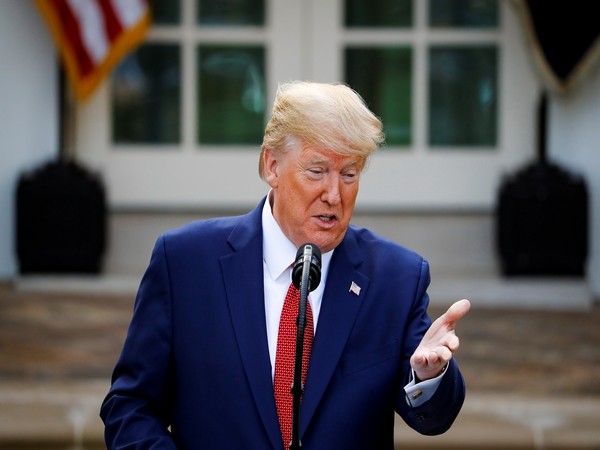Trade Minister Todd McClay says New Zealand will not be placing retaliatory tariffs on the United States in the wake of US President Donald Trump’s ‘Liberation Day’ moves.
New Zealand faces a tariff of 10%, on the low end of what Trump calls “reciprocal tariffs” for 185 countries across the world.
Speaking to reporters at Parliament today, McClay said it was important to note many countries were facing much higher rates than New Zealand.
“It’s very clear that the US, although they’re putting a tariff rate in place, has viewed New Zealand and our trading relationship as well balanced.”
NZ exports about $9 billion worth of goods to the US, meaning the cost of a 10% tariff would be about $900 million to exporters.
Tariffs are “not good for trade” and were likely to impact inflation, demand, and some currency rates, McClay said.
“We’ll be working very closely to our exporters during the course of today to get as much information as we can so that we can be well prepared in that market.”
Having spoken with businesses before the announcement, he said many were confident there were still good opportunities in the US.
‘The average is about 1.9%’
Today’s tariff announcement documents claimed New Zealand subjected US exporters to a 20% rate and that the US was applying a 10% tariff in response.
McClay responded, saying New Zealand did not subject US exports to a 20% tariff, and that the rate was much lower.

“US exporters, the average is about 1.9% they face in New Zealand… we’ll make the case in Washington to them today.”
He said officials would try and clarify with the US that the right information was being used.
“But we don’t have a 20% tariff rate. GST, well, that’s one of the things that we will talk to them directly about. Although if our average tariff rate of US goods into New Zealand is 1.9% it would be lower than they have on that chart.
“We’re going to clarify that irrespective of that, we have a very low tariff regime in New Zealand.”
Economist John Ballingall said the 20% figure may be based on NZ’s trade surplus with America, divided by our exports there.
“That takes you to around 19.6% if you use US data, so I think that’s where they’ve gotten the 20% from,” Ballingall said.
“It’s certainly not the tariff we impose on US exports.”
Ballingall said the Trump administration may have taken this approach to calculating tariffs because of their implementation under an emergency powers act based on trade deficits.
“They’ve tied these tariffs to trade deficits to try and make them consistent, it certainly doesn’t reflect the amount of trade barriers we impose on the US.”
Trade officials were also clarifying with the US whether the 10% is in addition to tariffs already paid, McClay said.
“It appears it is a blanket tariff but we’re looking to clarify that quickly.”
No retaliation
New Zealand would not be placing retaliatory tariffs on the United States as it would increase prices for consumers and would be inflationary, he added.
McClay had briefed his Labour counterpart Damien O’Connor on the Government’s response, saying he thought it was “very important he and I should work closely together on this”.
Foreign Minister Winston Peters said his recent trip to the United States had aided in getting the “best possible result” for New Zealand.

“The purpose of our mission has been achieved. Indeed, New Zealand companies, who were fearing much worse, are well positioned compared to exporters from other countries,” he wrote on social media platform X.
Labour’s trade spokesperson O’Connor said it was disappointing the Government had been unable to negotiate lower tariffs.
“There’s going to be $900 million hit on our exports, and there is uncertainty over who will carry the cost of that, whether it will be US consumers or New Zealand exporters.”
He said the ripple effect on trading partners such as China on pricing had to be considered.


